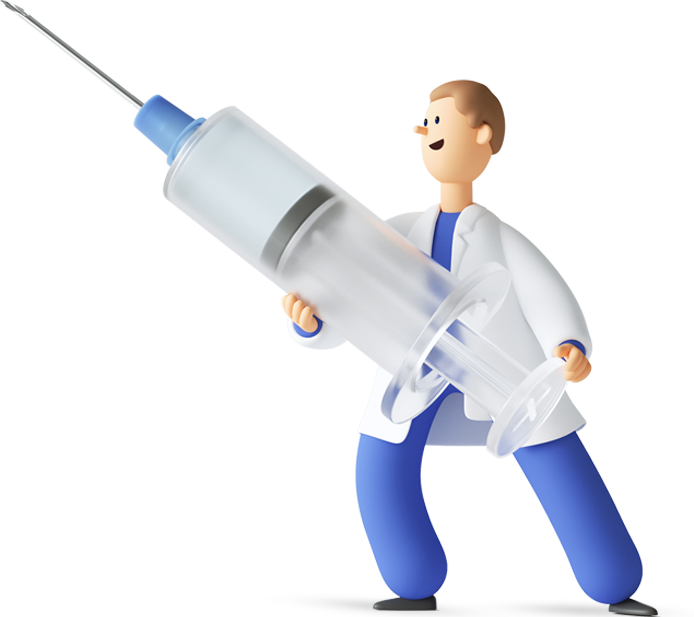
What is Haemorrhoids?
Haemorrhoids are a health problem caused by swelling and inflammation of the veins in the anus and rectum. Hemorrhoids are seen in two main types: Internal haemorrhoids and external haemorrhoids. Internal haemorrhoids are swollen veins in the rectum and usually cause pain or bleeding. External haemorrhoids cause swelling and itching of the veins around the anus. This condition can develop due to constipation, straining, overweight, pregnancy and genetic factors.
What Causes Hemorrhoids?
Haemorrhoids are mostly caused by factors such as constipation, overstraining, obesity, pregnancy and prolonged sitting. Excessive straining during defecation puts pressure on the veins in the rectum, which leads to swelling. In addition, the growth of the uterus during pregnancy and changes in hormones also strain the veins.
Symptoms of Haemorrhoids:
Common symptoms of haemorrhoids include swelling around the anus, pain, itching and bleeding during defecation. People with haemorrhoids often have difficulty defecating and experience a feeling of fullness in the anus. Swelling, bleeding and itching are the most prominent symptoms of haemorrhoids.
Types of Haemorrhoids:
- Internal Haemorrhoids: Located in the rectum, they usually do not cause pain, but bleeding and wetness are seen during defecation.
- External Haemorrhoids: It is the swelling of the veins around the anus. It causes symptoms such as pain, itching and swelling.

Risk Factors for Haemorrhoids
Factors that increase the risk of haemorrhoids include constipation, excessive straining, obesity, prolonged sitting or standing, heavy lifting, pregnancy and certain diseases. To reduce the risks, it is important to exercise regularly, eat fibre-rich foods and drink enough water.
Stages of Haemorrhoids
Haemorrhoids can be classified into four main stages:
- I. Phase: Slight swelling with haemorrhage.
- Phase II: They come out during defecation, but slide back.
- Phase III: They pop out and have to be pushed back manually.
- Phase IV: Haemorrhoids remain constantly outside and require surgical intervention.
Haemorrhoid Treatment
- Mild Cases: It can be treated by drinking plenty of water, consuming fibre foods, sitting baths, painkillers and creams.
- Severe Cases: Surgical methods such as laser treatment, bandaging, ligation, treatment with stapler and phlebectomy can be applied.
Haemorrhoid Surgery
Surgical treatment varies depending on the stage of haemorrhoids. THD can be performed with methods such as laser treatment, haemorrhoidectomy (surgical removal) and rubber band ligation. Hygiene and pain management are very important in the postoperative recovery process.
Can Haemorrhoids be Prevented?
A healthy diet, plenty of fluid intake and regular exercise are necessary to prevent the formation of haemorrhoids. In addition, excessive straining during defecation should be avoided and hygiene rules should be observed.
- Tags:
- haemorrhoids
- haemorrhoids


